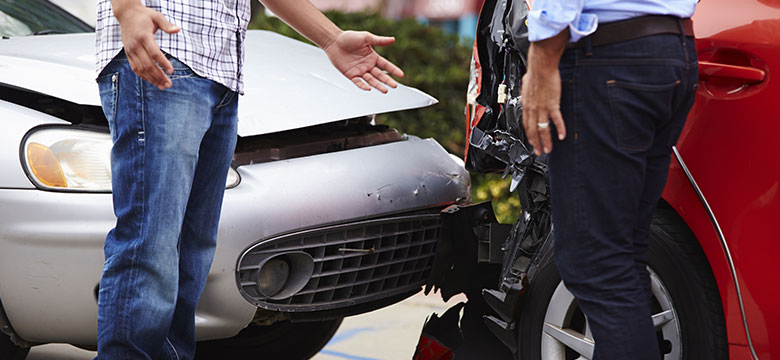
Someone will see the incident, and they can help clear up any false information. The best protection you have is the third parties not involved in the crash. Take Plenty of Pictures and Find Witnesses Fast Instead, do what you are supposed to in an accident, which includes contacting the authorities to report the incident, and seeking medical help.
Car accident witness statement driver#
The other driver might jump out of their vehicle pointing their finger and blaming you, but this is not the time to argue back. Furthermore, anything you say at the scene may be used in the report only working against you.

You cannot change someone’s mind at the scene, especially if they have already decided that they want to lie to law enforcement. Confrontations, accusations, and finger-pointing only make you look like the aggressor. Stay Calm and Avoid Arguments EntirelyĪgain, it is essential to keep your emotions in check. Before you begin a yelling match or lose your cool at the scene, here is what you can do: 1. It is easy to become upset when you know the other driver is making false claims about who is indeed at fault in an accident. A Quick Four-Step Process to Protecting Yourself When the Other Driver Lies If the other driver is lying about their injuries, their medical records – especially records of emergency room visits immediately after the crash – can prove the likelihood their injuries are as severe as they claim. Therefore, a claim’s adjuster might weigh their statement more against the parties in the accident itself.Īlso, medical records can tell the story too. Witnesses are not involved in the crash and have nothing to gain by the outcome of the investigation. Therefore, when they see a photograph of the scene, they often can tell which party was more likely to have caused the collision.Īnother critical piece of evidence is witness statements. Claim’s adjusters have analyzed accident scenes extensively, and most have years of experience determining fault. A picture can tell plenty in a car accident investigation. One of the most important is the photographs. In fact, the evidence you collect yourself might help prove that the other driver is lying about the crash. While the claim’s adjusters use the police report, this is not the only piece of evidence. Sometimes the official police investigation is more reliable than witness statements – only because statements and relying on someone’s memory recall is not always the most accurate. This helps the adjuster figure out what happened. The first piece of evidence used by insurance claim adjusters to determine fault is the police report. To strengthen your case and show the other party is lying about the accident, you need to know how fault is determined – and why there is no reason to worry about what the other driver has to say. How is Fault Determined in a Car Accident? To protect yourself, you must first understand how fault is determined in an accident – and see how lying only works against the other driver.

Instead, you have ways to protect yourself from taking the brunt of the blame (and the hike in insurance premiums). If you are involved in a motor vehicle accident, and the other party blatantly lies about fault or even misrepresents facts on the police report, you are not out of options. In most instances, it comes down to a he-said-she-said debate. Unfortunately, not all car accidents are straightforward.


 0 kommentar(er)
0 kommentar(er)
